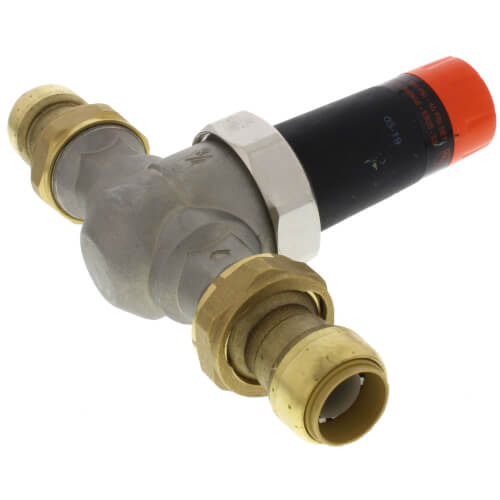dlow
New Member
I am an owner of a new construction home which I moved into about 10 months ago. When I moved in, the water pressure in the home was at a normal level of about 50 PSI. Over time, it has continued to creep up to the point where it was at about 120 PSI yesterday!
I think it has been over 100 PSI for the past couple of weeks. I don't know much about plumbing at all, so I didn't take any action until I decided to do more research. Yesterday, after realizing I needed to take action, I adjusted the pressure reducing valve to 50 PSI. Since yesterday, the water pressure crept back up to 65 PSI.
1. Is this a sign the pressure reducing valve is bad?
2. Could I have caused damage to the plumbing system in my house by not fixing this sooner?
I think it has been over 100 PSI for the past couple of weeks. I don't know much about plumbing at all, so I didn't take any action until I decided to do more research. Yesterday, after realizing I needed to take action, I adjusted the pressure reducing valve to 50 PSI. Since yesterday, the water pressure crept back up to 65 PSI.
1. Is this a sign the pressure reducing valve is bad?
2. Could I have caused damage to the plumbing system in my house by not fixing this sooner?

